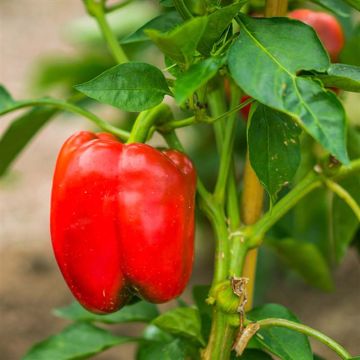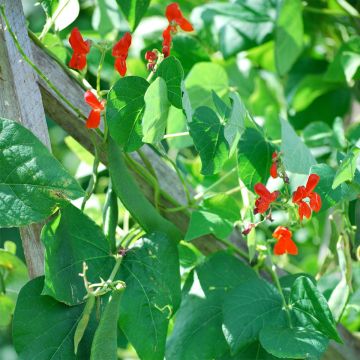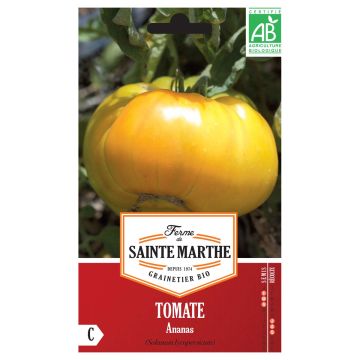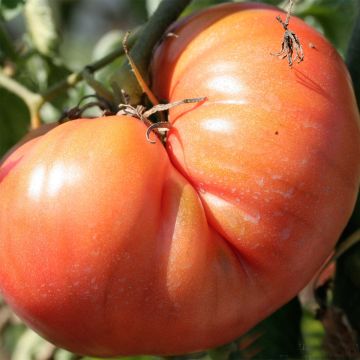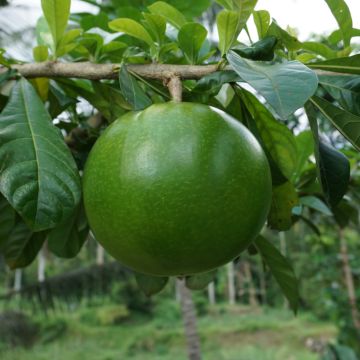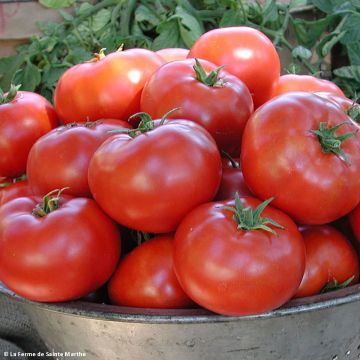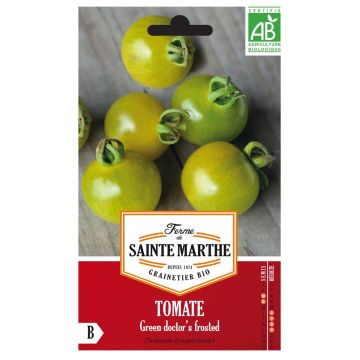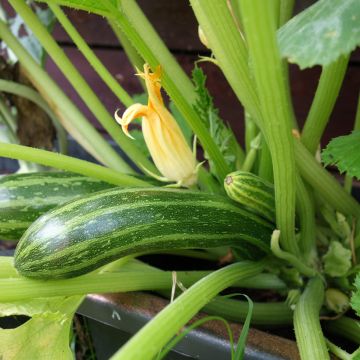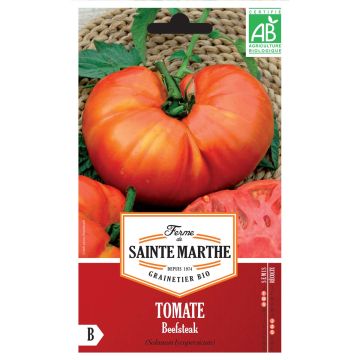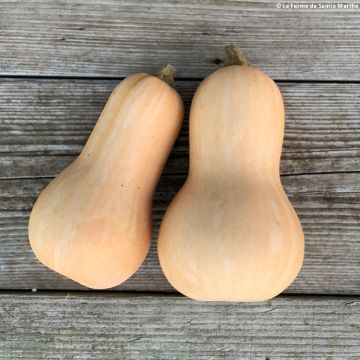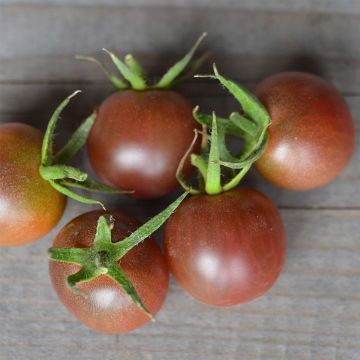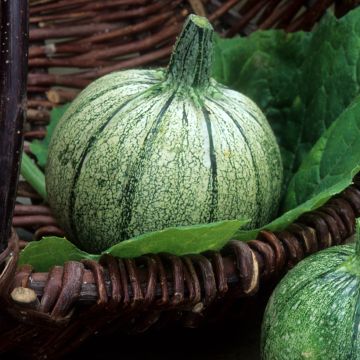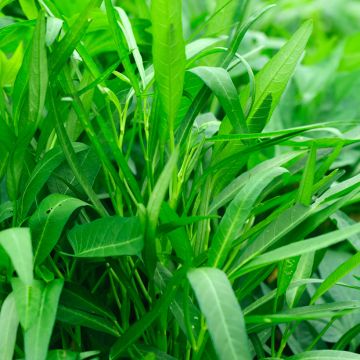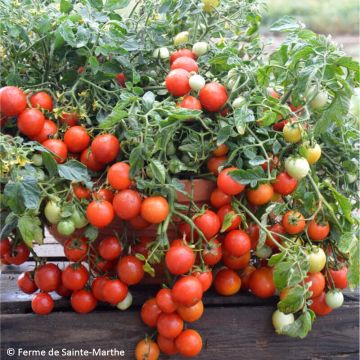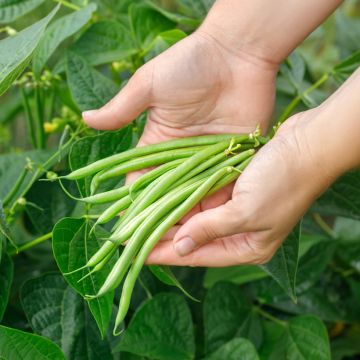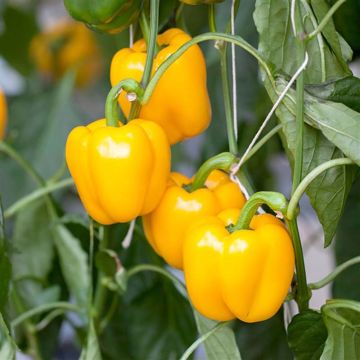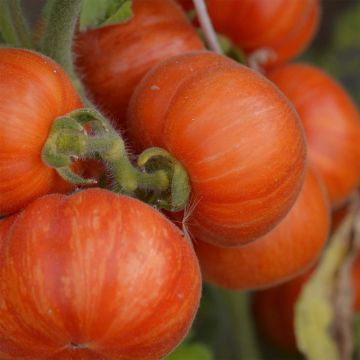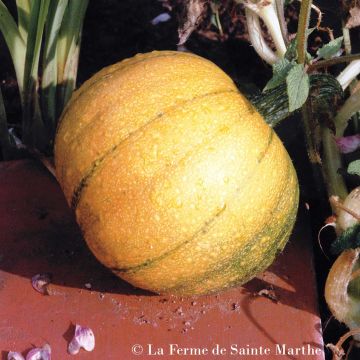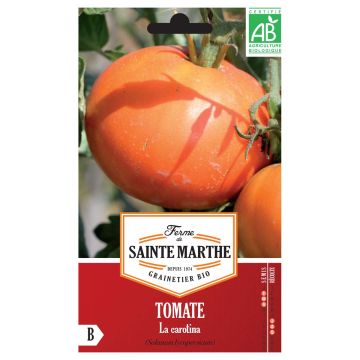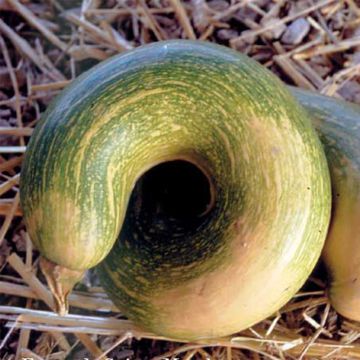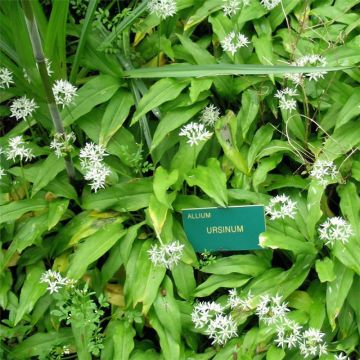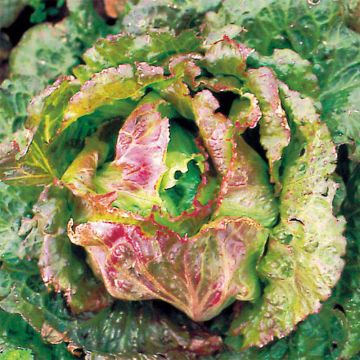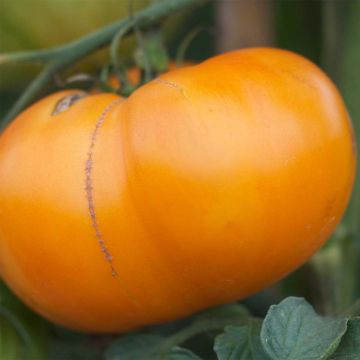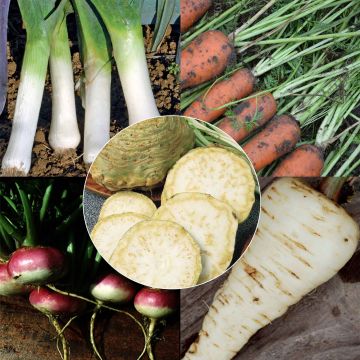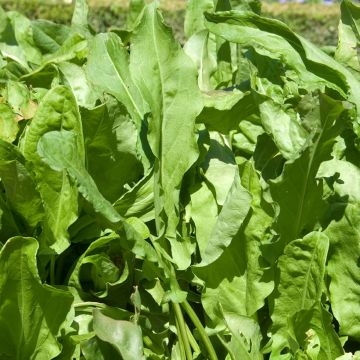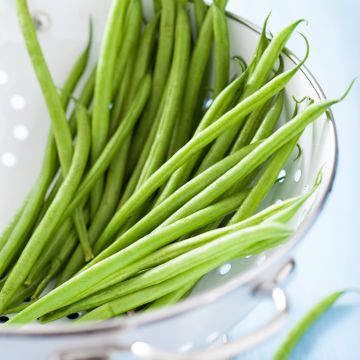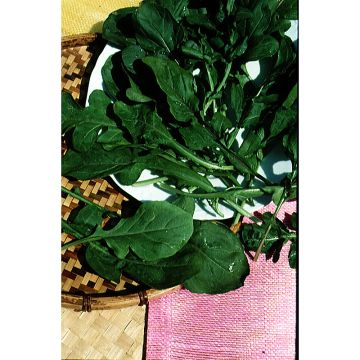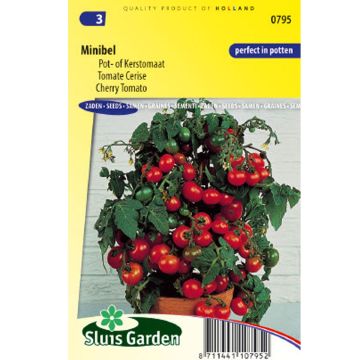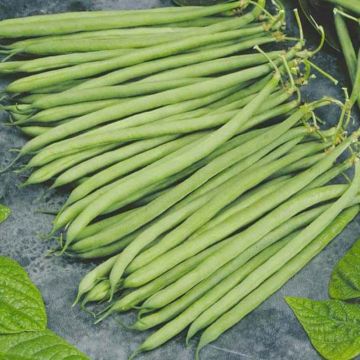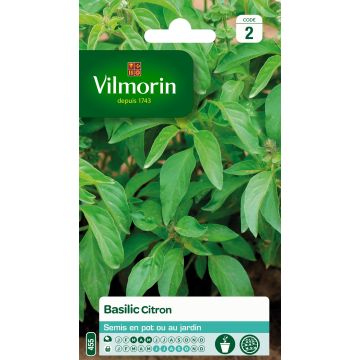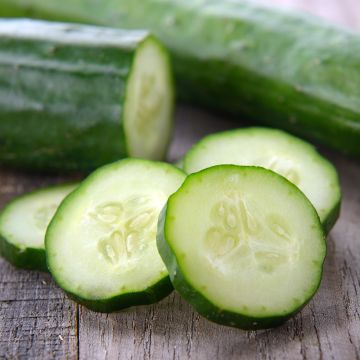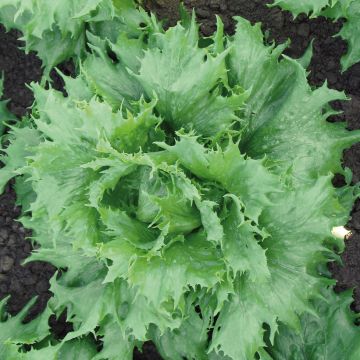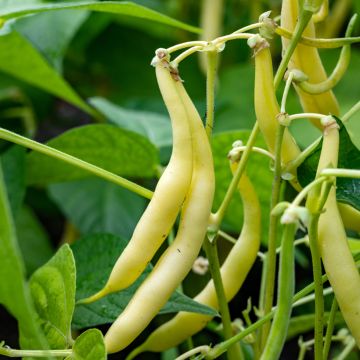Shipping country and language
Your country of residence may be:
Your country of residence is:
For a better user experience on our website, you can select:
Your shipping country:
Andorra
Austria
Belgium
Bulgaria
Canada
Chile
Croatia
Cyprus
Czechia
Denmark
Estonia
Finland
France
Germany
Greece
Hungary
Iceland
Ireland
Italy
Latvia
Lithuania
Luxembourg
Malta
Monaco
Netherlands
Poland
Portugal
Romania
Slovakia
Slovenia
Spain
Sweden
Switzerland
United Kingdom
We only deliver seed and bulb products to your country. If you add other products to your basket, they cannot be shipped.
Language:
French
German
Spanish
English
My Account
Hello
My wish lists
Plantfit
Log in / Register
Existing customer?
New customer?
Create an account to track your orders, access our customer service and, if you wish, make the most of our upcoming offers.
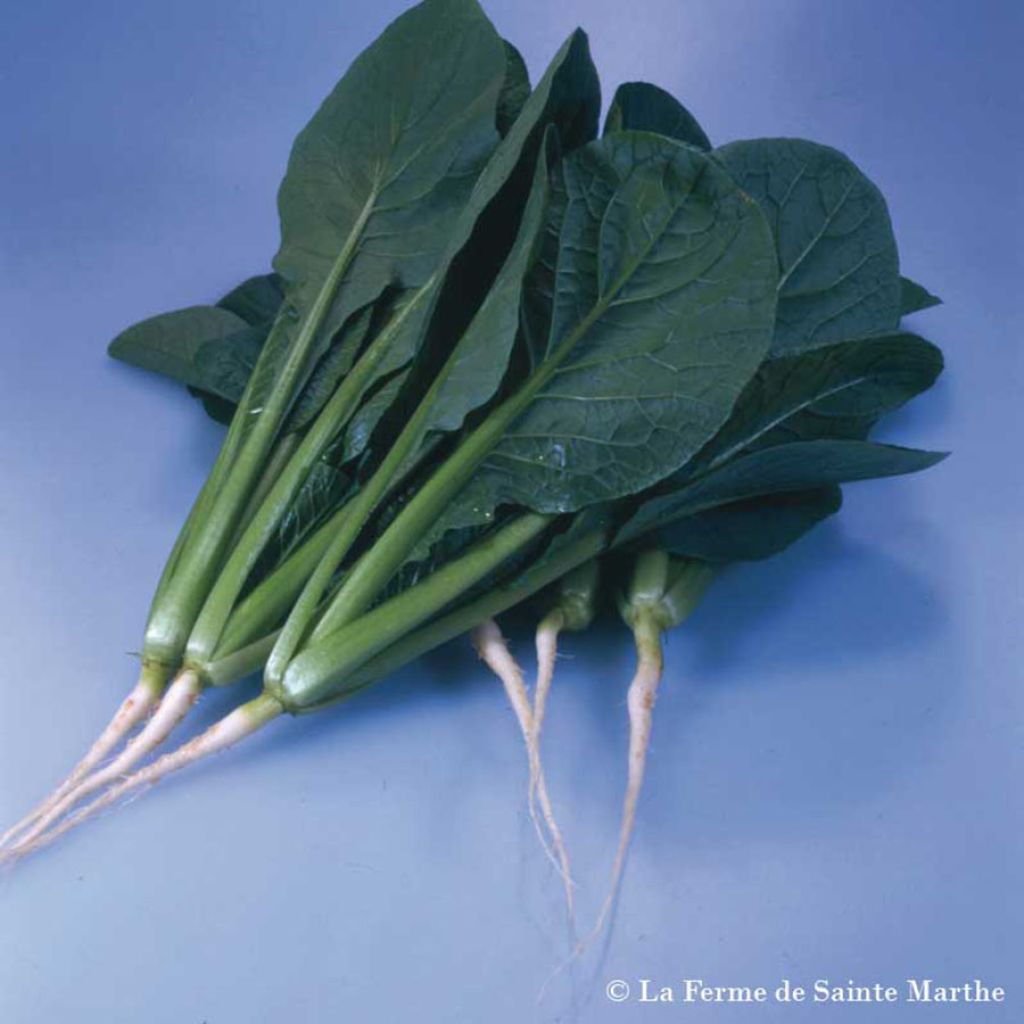

Komatsuna Riokai - Ferme de Sainte Marthe untreated seeds


Komatsuna Riokai - Ferme de Sainte Marthe untreated seeds
Komatsuna Riokai - Ferme de Sainte Marthe untreated seeds
Brassica rapa var. peruirridis var. perirridis
Spinach mustard
The seedlings are a bit fragile at first, but later form beautiful rosettes. Very tender raw, we liked them. At the end of the following winter, the unharvested rosettes transform into a bush covered with bright yellow flowers, much to the delight of all kinds of bees and bumblebees.
Cécile, 13/04/2020
Why not try an alternative variety in stock?
View all →Order in the next for dispatch today!
Dispatch by letter from €3.90.
Delivery charge from €5.90 Oversize package delivery charge from €6.90.
More information
This item is not available in your country.
Schedule delivery date,
and select date in basket
This plant carries a 6 months recovery warranty
More information
We guarantee the quality of our plants for a full growing cycle, and will replace at our expense any plant that fails to recover under normal climatic and planting conditions.
Seed-only orders are dispatched by sealed envelope. The delivery charge for seed-only orders is €3.90.
Description
Komatsuna Riokai, also known as spinach mustard, is a leaf vegetable that is widely used in Japanese and Korean cuisine. The 20-30 cm high plants form fairly thick, dark green stems and leaves that have a mildly spicy flavour. Delicious eaten raw as salads greens, cooked like spinach or added to soups. This variety is particularly rich in calcium. Direct sow from March to September and harvest from June to October.
Komatsuna is a biennial plant, grown as an annual. It is remarkably healthy thanks to its high vitamin A, K and C content. It is also a good source of fibre and minerals such as calcium and potassium.
Komatsuna is very easy to grow, being both vigorous and cold-resistant. Ideal for winter crops! It requires full sun with rich, deep, well-drained soil and regular watering.
Harvest: Harvest the leaves as and when required by cutting them off at ground level. If the plant is well established, it will continue putting out new leaves for several months.
Storage: Komatsuna will keep for several days in the refrigerator.
Good to know: Mulching with grass clippings or dead leaves will help keep the soil moist whilst limiting weed growth.
Even if the vegetable garden is first and foremost a place for growing great quality veg, it’s always a good idea to leave a bit of room for flowers. Growing flowers alongside your vegetable plants will make your general gardening experience more enjoyable and is a great way to attract pollinators and repel garden pests! Flowers such as gaillardia, marigolds, zinnias, cosmos or nasturtiums can be sown in and around the rows of vegetables. Herbs such as dill can be very useful also. Bear in mind that some companion plants self-seed easily and can be a bit invasive (borage, chives, lemon balm etc.)
NB. Untreated seeds are produced from conventionally grown plants (that are often treated with phytosanitary products); however they do not undergo any post-harvest treatment. These seeds are approved for organic market gardening when organic seeds are not available.
Harvest
Plant habit
Foliage
Botanical data
Brassica
rapa var. peruirridis
var. perirridis
Brassicaceae
Spinach mustard
East Asia
Annual
Other Sainte Marthe farm
Planting and care
Sowing: the germination temperature is around 14°C and takes about 14 days.
You can proceed with direct sowing in place or prepare seedlings that will then be installed in the garden in their final position.
Preparing seedlings: under shelter or in a nursery in the garden for the rest of the year (according to the recommended sowing period), sow the seeds at a depth of 1 to 2 cm in a good seed compost or fine soil. Lightly cover with compost and remember to keep the substrate moist but not waterlogged.
When the young plants appear strong enough to be handled, transplant them into pots if necessary before transplanting them to the garden, when there is no longer any risk of frost. When planting, respect the recommended spacing for direct sowing.
Direct sowing: in properly amended and finely worked soil, create furrows with a depth of one or two centimeters, spaced 20 centimeters apart. Sow the seeds and cover them with a thin layer of fine soil. When the seedlings are well developed, thin them out, keeping one plant every 20 centimeters or so.
Cultivation: Japanese cabbage is grown in full sun. It is a demanding vegetable that requires well-rotted, nitrogen-rich and potassium-rich soil. It is advisable to make a generous compost application (about 3/4 kg per m2), by scratching the soil to a depth of 5 cm, preferably in autumn, after having thoroughly loosened the soil, as is the case with all vegetable crops. It is not very tolerant of soil pH, which should be between 5.6 and 6.5. In acidic soil, it will be necessary to gradually raise this pH by adding calcium in the form of Dolomite or Lime.
Beware of pests such as Cabbage White Butterfly or Flea Beetles and consider installing insect netting.
Seedlings
Care
Intended location
- , onOrder confirmed
Reply from on Promesse de fleurs
Vegetable seeds
Haven't found what you were looking for?
Hardiness is the lowest winter temperature a plant can endure without suffering serious damage or even dying. However, hardiness is affected by location (a sheltered area, such as a patio), protection (winter cover) and soil type (hardiness is improved by well-drained soil).

Photo Sharing Terms & Conditions
In order to encourage gardeners to interact and share their experiences, Promesse de fleurs offers various media enabling content to be uploaded onto its Site - in particular via the ‘Photo sharing’ module.
The User agrees to refrain from:
- Posting any content that is illegal, prejudicial, insulting, racist, inciteful to hatred, revisionist, contrary to public decency, that infringes on privacy or on the privacy rights of third parties, in particular the publicity rights of persons and goods, intellectual property rights, or the right to privacy.
- Submitting content on behalf of a third party;
- Impersonate the identity of a third party and/or publish any personal information about a third party;
In general, the User undertakes to refrain from any unethical behaviour.
All Content (in particular text, comments, files, images, photos, videos, creative works, etc.), which may be subject to property or intellectual property rights, image or other private rights, shall remain the property of the User, subject to the limited rights granted by the terms of the licence granted by Promesse de fleurs as stated below. Users are at liberty to publish or not to publish such Content on the Site, notably via the ‘Photo Sharing’ facility, and accept that this Content shall be made public and freely accessible, notably on the Internet.
Users further acknowledge, undertake to have ,and guarantee that they hold all necessary rights and permissions to publish such material on the Site, in particular with regard to the legislation in force pertaining to any privacy, property, intellectual property, image, or contractual rights, or rights of any other nature. By publishing such Content on the Site, Users acknowledge accepting full liability as publishers of the Content within the meaning of the law, and grant Promesse de fleurs, free of charge, an inclusive, worldwide licence for the said Content for the entire duration of its publication, including all reproduction, representation, up/downloading, displaying, performing, transmission, and storage rights.
Users also grant permission for their name to be linked to the Content and accept that this link may not always be made available.
By engaging in posting material, Users consent to their Content becoming automatically accessible on the Internet, in particular on other sites and/or blogs and/or web pages of the Promesse de fleurs site, including in particular social pages and the Promesse de fleurs catalogue.
Users may secure the removal of entrusted content free of charge by issuing a simple request via our contact form.
The flowering period indicated on our website applies to countries and regions located in USDA zone 8 (France, the United Kingdom, Ireland, the Netherlands, etc.)
It will vary according to where you live:
- In zones 9 to 10 (Italy, Spain, Greece, etc.), flowering will occur about 2 to 4 weeks earlier.
- In zones 6 to 7 (Germany, Poland, Slovenia, and lower mountainous regions), flowering will be delayed by 2 to 3 weeks.
- In zone 5 (Central Europe, Scandinavia), blooming will be delayed by 3 to 5 weeks.
In temperate climates, pruning of spring-flowering shrubs (forsythia, spireas, etc.) should be done just after flowering.
Pruning of summer-flowering shrubs (Indian Lilac, Perovskia, etc.) can be done in winter or spring.
In cold regions as well as with frost-sensitive plants, avoid pruning too early when severe frosts may still occur.
The planting period indicated on our website applies to countries and regions located in USDA zone 8 (France, United Kingdom, Ireland, Netherlands).
It will vary according to where you live:
- In Mediterranean zones (Marseille, Madrid, Milan, etc.), autumn and winter are the best planting periods.
- In continental zones (Strasbourg, Munich, Vienna, etc.), delay planting by 2 to 3 weeks in spring and bring it forward by 2 to 4 weeks in autumn.
- In mountainous regions (the Alps, Pyrenees, Carpathians, etc.), it is best to plant in late spring (May-June) or late summer (August-September).
The harvesting period indicated on our website applies to countries and regions in USDA zone 8 (France, England, Ireland, the Netherlands).
In colder areas (Scandinavia, Poland, Austria...) fruit and vegetable harvests are likely to be delayed by 3-4 weeks.
In warmer areas (Italy, Spain, Greece, etc.), harvesting will probably take place earlier, depending on weather conditions.
The sowing periods indicated on our website apply to countries and regions within USDA Zone 8 (France, UK, Ireland, Netherlands).
In colder areas (Scandinavia, Poland, Austria...), delay any outdoor sowing by 3-4 weeks, or sow under glass.
In warmer climes (Italy, Spain, Greece, etc.), bring outdoor sowing forward by a few weeks.
